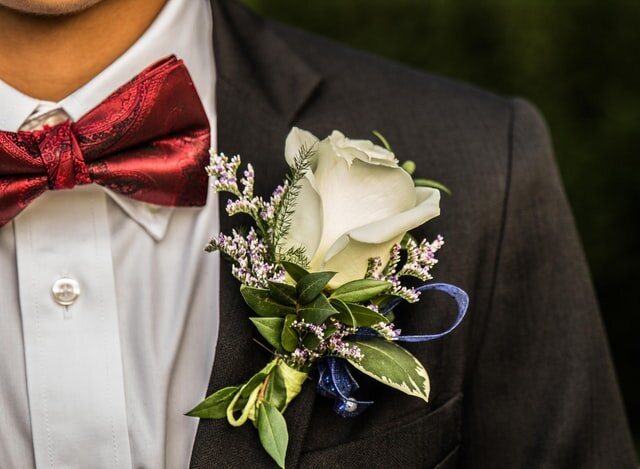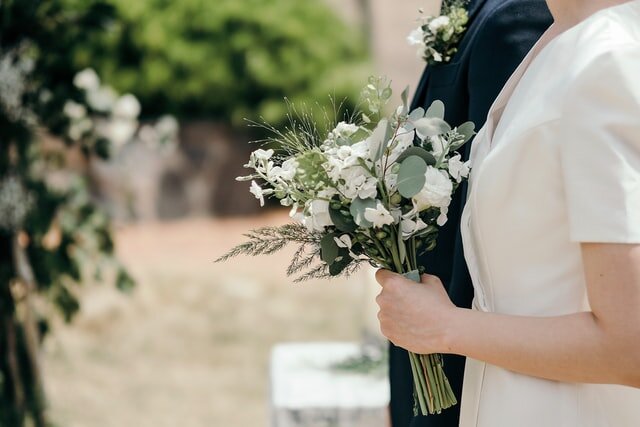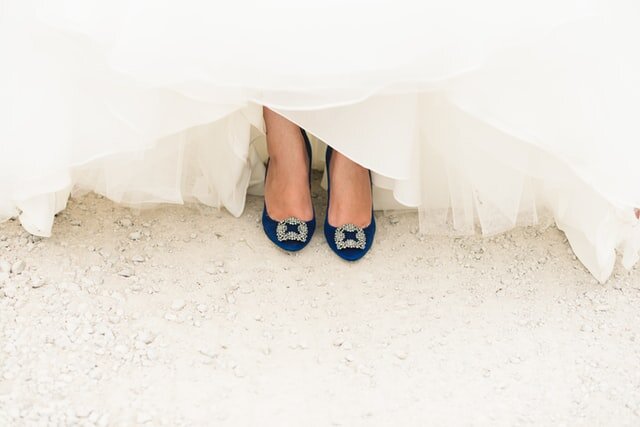Wedding Colour Palette: Tradition and Superstition
Traditional Wedding Colour Palettes
Wedding colour choices may be influenced by cultural, family, or religious traditions and superstitions. Traditionally, white is a traditional wedding gown colour but in some cultures it is considered an unlucky colour for brides. In fact, before Queen Victoria broke with tradition and chose white for her wedding gown, royal brides often wore grey or silver! And how about these familiar adages:
Married in blue, you’ll always be true
Married in white, you have chosen all right
Married in black, you’ll wish yourself back
If honouring tradition, religion, or superstition is important to you--do so, and focus on the colours acceptable to your beliefs.
Choosing fast-trending colours can pose certain here-today-gone-tomorrow risks. Despite their current popularity, some trendy colours may be unobtainable or totally outdated for your wedding a year from now. Some colour combinations also are considered bad luck--black and red, red and metallic, green and yellow, red and blue. This does not go to say that a wedding with these colour palette combinations will not be a gorgeous one.
Inspiration is Everywhere
Don’t stress if you feel colour-challenged. Bridal magazines and online resources (thank you, thank you Pinterest) are treasure troves of wedding pictures, ideas, trends, and colour theme information. Colour consultants, wedding planning resources, and your own wedding planner may also be excellent sources for colour guidance. Take advantage of bridal fairs in Victoria and Vancouver too.
Inspiration can be found in simple objects like your great-great-grandmother’s glass beaded reticule. As a child, your fingers traced the pattern of the beads and your eyes absorbed the colours so carefully blended and stitched to the rich-hued fabric. Such a treasure could be the only inspiration you need to start building your colour theme. A walk through a vintage store or a historic building fit for royalty, like Craigdarroch Castle, can provide you with unique ideas, too.
Colour Matching
Don’t try to match every single thing to a single colour--the dresses, the men’s cummerbunds, flowers or table decorations--and the list goes on. Sameness can be overwhelming, feel matchy-matchy and frankly it can become a bit uninspiring. Regardless you certainly can have some fun working your colour theme into most of the elements of your wedding, including wedding favours, the cake, invitations, and other incidentals in direct and subtle ways. Avoid sameness by remembering the use of colour hues and adding just touches of the primary colour--to the dresses and ties, your flowers, the invitations and linens.
How Many Colours?
Our top tip when it comes to colour is to avoid combining more than four colours for your theme. Doing so can make the elements become very complicated and it can be challenging to harmoniously blend all the colours with one another. To start, look to many sources for inspiration and note every colour idea that appeals to you. Narrow your choices to one or two and explore ways that you can expand your colour scheme with hues, neutrals, and complementary colour touches.
Ultimately, focus on a wedding colour theme that gives you the greatest sense of joy and you will have a beautifully-coloured day.




